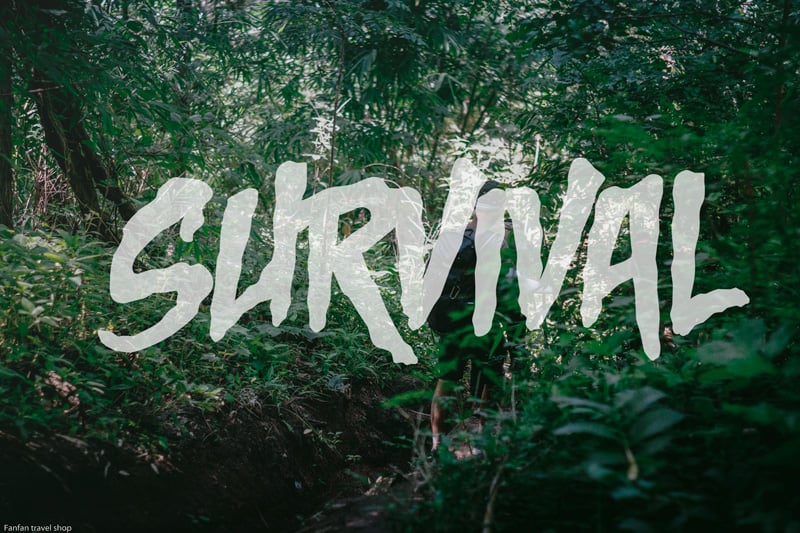News
10 Things to note when trekking and climbing for beginners
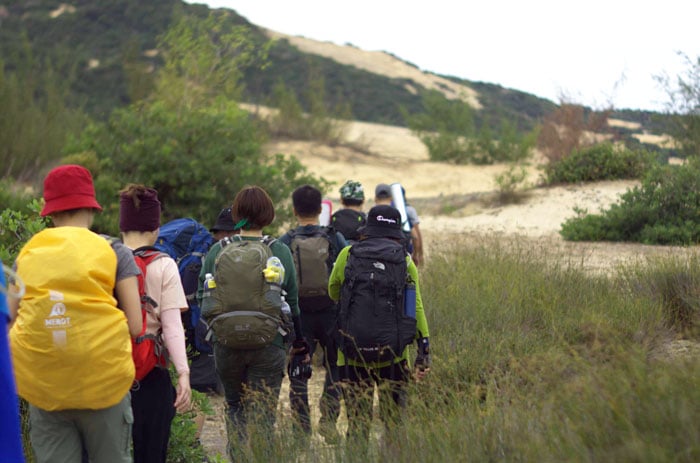
10 things to note when trekking and climbing for beginners
- Start with short, easy-to-follow trails
- Research where you are going and learn from those who have gone before you.
- Check the weather
- Make sure you choose the right shoes and socks.
- Choose the right clothes and accessories
- Bring only what is really necessary
- Distribute the right amount of endurance throughout the journey – reducing injuries
- Learn how to use basic survival gear
- Tell a few people you trust about your plans.
- Do not litter
1. START WITH SHORT ROUTES THAT ARE SUITABLE FOR YOUR ABILITY
Choose a route that suits your physical strength!
When you first start this type of tourism, you need to choose routes that are suitable for your ability. Ability here is endurance, current health status and medical condition (if any). Usually, when you first start, you can choose short routes to get acquainted first.
If you are new to traveling and are invited to go on a long trip, you feel it is too much for you, then improve your endurance by practicing, training your endurance with exercises such as running, jumping, climbing stairs or gentle like hiking (if you have time).
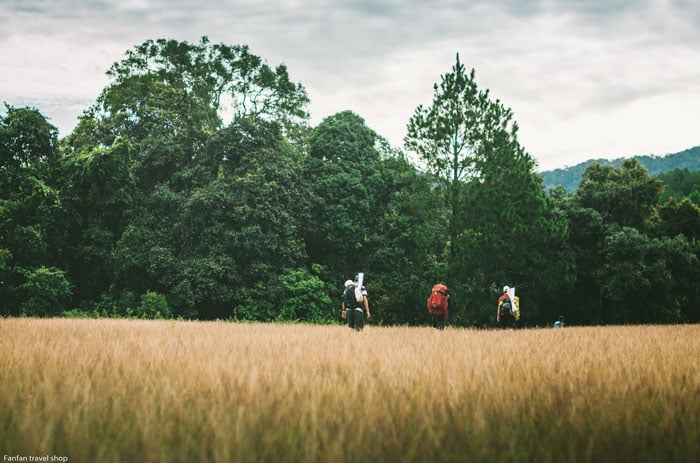
2. RESEARCH ABOUT THE PLACE YOU ARE GOING TO AND LEARN FROM EXPERIENCE
A series of questions arise: What is trekking? How to go? Is the place you are going to beautiful? What is the terrain like? Is there a stream to bathe in? Is the weather there hot or cold? ….
All of these questions can be easily answered in 2 ways, either using “Google search” or consulting with friends who have been on that route. If none of your friends have ever participated in this type of tourism, ask on groups, forums, or go to Fanfan, the Fanfan team with the motto “tell everything you know” is always ready to tell you about the routes!
Researching the route you are about to take will help you prepare mentally, prepare your luggage and necessary items. Because each route will require preparation of specific items: For example, if you go to a wet jungle, you must prepare anti-leech leggings, if you go by sea, you must prepare more water and mineral drinks!
3. CHECK THE WEATHER
If you have scheduled and booked a tour, checking the weather will help you complete your luggage, for example, checking the weather will remind you to prepare a raincoat (This item is often forgotten – especially for beginners) or prepare an extra jacket to cover the rain, if it is sunny, sunscreen, hat, scarf, …. Or if there is a storm, consider postponing the trip or canceling the tour to ensure safety!
Checking the weather can be easily done by smartphone applications, don’t forget to remind your friends! They probably won’t remember to check the weather!
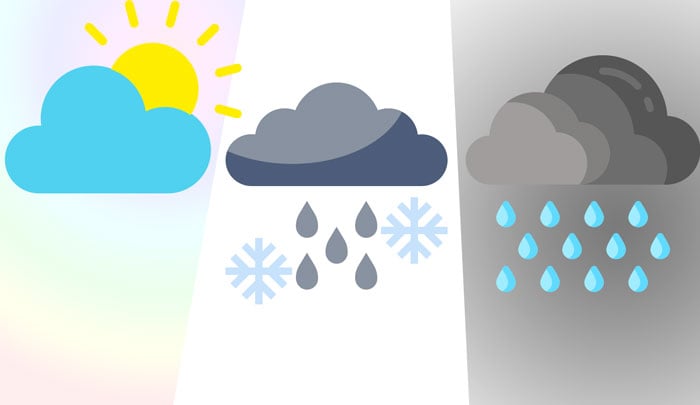
4. MAKE SURE YOU CHOOSE THE RIGHT SHOES AND SOCKS
Prepare Hiking Shoes – Your Companion!
An important part of your climbing outfit, depending on the terrain and your needs you can choose the right pair of shoes!
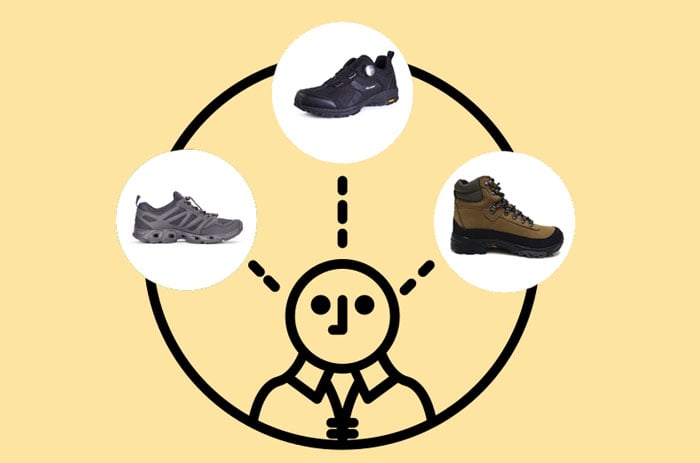
You can choose a pair of waterproof shoes for wet terrain (No high streams)
A pair of drainage shoes will be suitable for terrain with many streams, low-cut shoes will be flexible for the ankle, mid-cut shoes, high-cut shoes will support you when walking to limit the risk of ankle injury.
For socks, you need to choose a pair of socks with a higher sock collar than the shoe collar. Especially for terrain with many leeches, a pair of thick and high socks will be very reasonable.
You can refer to more ways to choose shoes in the article: Distinguishing and choosing mountain climbing shoes .
5. CHOOSE THE RIGHT CLOTHES
Choosing the right outfit will give you a comfortable trip!
Of course, no one wears jeans to go mountain climbing! But you still have to pay attention to this clothing!
If you are an “amateur trekker” or just learning to climb and do not want to invest too much, it is not necessary to prepare specialized clothing for mountain climbing. Clothing used for mountain climbing needs to be elastic, not stuffy, sweat-absorbent and sweat-wicking. Materials such as quick-drying fabric, cotton, bamboo are suggestions for you.
An advantage of specialized clothing for mountain climbing is that it is light, odor-resistant and UV-resistant. Although it is not necessary to choose professional clothing for your first mountain climbing trip, owning them is a big advantage.
As for accessories, some items must be prepared such as: backpack, water bag, bandana, arm sleeves. Some other items depend on each trip, each terrain! If you want to prepare fully, please refer to the article What to prepare when going mountain climbing, trekking .
6. BRING WHAT YOU REALLY NEED
Determine what to bring with the lightest criteria possible!
You need to determine that the journey you are about to take can be said to be “not light”. The most difficult and difficult thing to think about before each trip is “what should I bring?” or “should I leave that at home?”. Not only Beginners but even those who have traveled a lot have trouble with this problem.
Legend has it that: at first you look at everything and you will definitely find it necessary until you are on the mountain and just want to leave everything behind because it is too heavy and too tiring! Therefore, consider carefully and only bring the things that are really necessary. For example, you only need to bring enough clothes, you can have extra but not too much, cosmetics only need sunscreen….
There is a group of accessories that you must bring such as shampoo, shower gel, toothpaste,… then you should take out a smaller tube, enough to reduce the weight of your luggage.
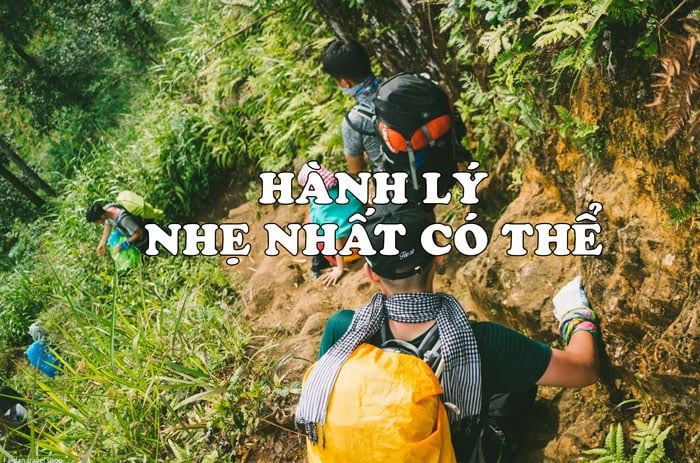
7. DISTRIBUTE HEALTH FOR THE WHOLE JOURNEY – LIMIT INJURY
This is quite important and not simple for beginners with this type of tourism. Because when you first go, you will not be able to know exactly your ability as well as this route to allocate appropriate strength.
What you can do is practice to know your ability, and during the journey, you must always conserve your energy in the style of “saving energy because the road is long”. Especially note that you must “Go slowly but surely with each step”, if you feel dangerous, ask for help from experienced people, for example, a porter! Absolutely do not try when you feel uncomfortable, do not continue when you see danger – safety is paramount!
8. LEARN TO USE BASIC SURVIVAL GEAR
For example, water filter, fire starter, rescue mirror, whistle (this is not necessary to learn but must be put here because it is important), tracklog, compass, map,….
Besides preparing survival items, learning how to use them is equally important. First, having full survival items and knowing how to use them will create a confident posture, enough ability to stay calm when lost. Then, when using these items skillfully, it will help you stay safe, find your way back if you get lost.
This part is not easy to master the use of survival items, so you can choose to learn about it, then stick with the group at all costs to ensure your safety! Rest assured that when you go, the Tour will make sure to follow you, but I have to leave this here, because it is important!
9. TALK ABOUT YOUR PLANS TO PEOPLE YOU TRUST ENOUGH
Tell a few people you trust about your plans?
– It sounds absurd at first, but thinking about it, it couldn’t be more reasonable!
Some information you should inform someone trustworthy such as: Where are you going? When are you leaving? When are you coming back? And in case of emergency, who should you contact for information about your trip? – This is a job to create trust in your relatives.
The reason you have to do this is because the place you are going to is not a vacation, it could be a place without any phone signal, your relatives will be confused if they can’t contact you.
Informing the departure and return dates is really necessary for those who travel alone, even if you are a beginner or a professional trekker, leaving your trip information with a trustworthy person is also very important.
10. DO NOT LITTLE
What’s sadder than when trekkers (people who participate in trekking, mountain climbing) in particular and backpackers in general are considered as people who destroy the environment, littering and causing disorder wherever they go!
We want to return to nature, want to enjoy the quiet, want to hide the beauty from the majestic to the mysterious of nature, there is no reason for us to destroy it. Let’s protect the mountains and forests, protect the source from the smallest action, which is “DO NOT LITTLE”.
So how is trash handled? Whatever can be brought back, bring it back, whatever can decompose quickly can be burned (Remember to dig a hole to burn and make sure the fire is completely out when leaving). But it is still encouraged to bring back, especially items with a very long decomposition cycle such as plastic bags, plastic cups, etc.
At the same time, to limit littering but if you don’t want to bring trash back, you can use specialized outdoor items such as collapsible cups, multi-function spoons instead of using plastic items.
Finally, make a to-do list based on the 10 tips above and follow them step by step to make sure you are well prepared for a perfect trip! And don’t forget to make a fitness plan before you go!


